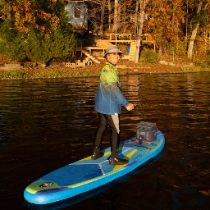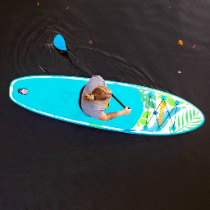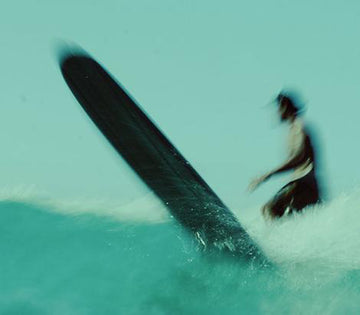Inflatble SUP Paddle Board Skills For Beginners
Stand-up paddle board (or SUP) is a paddle board sport that is very suitable for beginners and can be easily used. But speaking of it, you may not believe that standing paddle board exercise can exercise almost all muscle groups of your body.
Paddle boarding is also a great way to explore remote rivers or local coastlines. Inflatable paddles make today's adventure activities unprecedentedly easy.
If you are a beginner in stand-up paddling, there is no need to be afraid of it! With our simple tips and tricks, you will soon be able to ride in the water.
1.How to stand up paddling
How to stand up paddling? Of course it is standing! But standing is not that simple. It takes repeated attempts to find a balance.
If you want to set sail on your paddle board, you need to hold the center handle and put it in the water. Put your paddle board on the paddle board and hold it firmly, first kneel in the center of the paddle board. Then slowly lift your feet one by one and stand up to a semi-squat state. Your feet should be as wide as your shoulders, and stand on the left and right sides of the handle.
Continue to stand up, bending your knees slightly but always make sure your back remains straight. Your toes should be facing forward at this time, and you should also face forward! Heading up will help you maintain your balance.
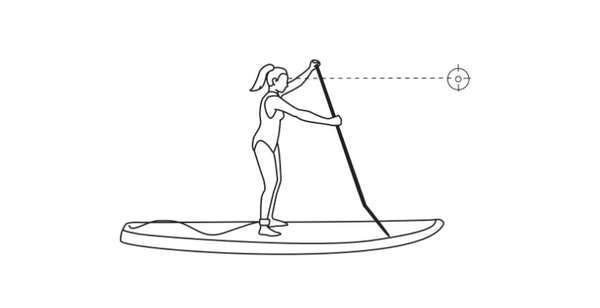
2.How to hold the oar:
Although it may seem counterintuitive, you should keep the curved surface of the pulp facing instead of facing away from you when holding the pulp. Hold one hand on the top of the oar and the other hand on the bottom of the oar. If the oar is raised above the head, the elbow should be bent at a 90 angle. When switching the stroke direction, you need to rotate the palm position.
When holding the SUP oar, make sure the angle of the paddle is facing away from you.
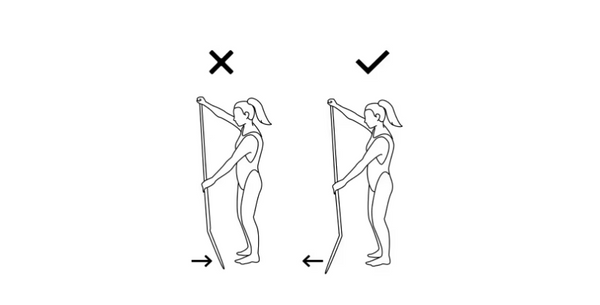
3.How to make a turn forward:
The traditional forward turn includes five stages:
Stretch: Bend the hips, lean forward, and stretch the paddle board as far as possible in front of the paddle board.
Grab: Immerse the pulp board in water.
Pulling: The paddle board extends into the water and slides along one side of the paddle board. The arms should be straight and form a triangle with the paddle board.
Lifting: When the paddle board is parallel to your feet, the water surface is raised. Remember to rotate the paddle board 90 degrees to draw the water surface from the narrowest end.
Re: Let the paddle board extend back to the front end of the paddle board again, and start the above action again.
To make sure you move forward, remember that the paddle is not on your feet, otherwise the paddle will start to spin. You can switch to the other side after a few paddles.
Remember: You should use your core and leg muscles rather than your arms to exert force. This will make paddling easier, reduce the pressure on your arms, and let your whole body get exercise!
From left to right, we first extend the paddle, second make sure the face is facing straight ahead, third grab the water and slide, and fourth lift.
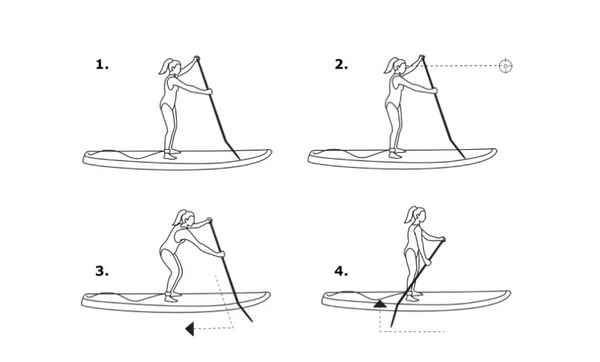
4.How to post it:
Back stroke can help you stop the paddle or slow down. First, the pulp needs to be extended to the back of the pulp board, not the front. Then he stretched the paddle into the water and swiped towards his body.
When turning backward, the direction of motion of the paddle board is opposite to that when turning forward.
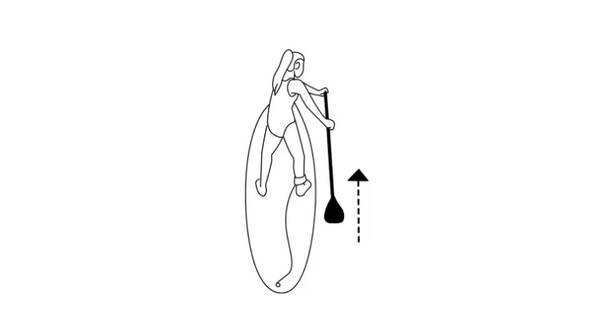
5.How to turn:
Row turns can help you turn while maintaining driving force. Just like forward turning, fully extend the paddle to the front end of the paddle. Then, draw a large semicircle outwards on one side of the paddle board, until the end of the paddle board. Doing this on the right side of the paddle can help turn left and vice versa.
To complete the SUP sweep, sweep out the blades as far as possible to the side.
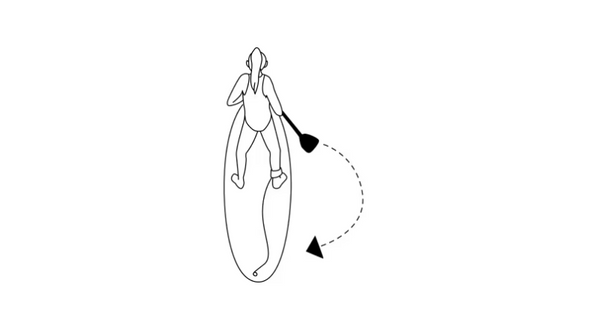
6.What is the difference between paddling in sea water and paddling in river water
Paddling in river or lake water is easier than in sea water, because rowing in sea water is more susceptible to waves, currents and tides. The travel paddle board is long and narrow, which can be used for paddling smoothly under harsh conditions, so it is very suitable for paddle boarding at sea.
In lake and river water, most of the paddle boards can be used smoothly. But if you want to travel to different lakes, it is best to choose inflatable surfboards, because they can be deflated and easily carried to the next location.







